EOFY: how small businesses can minimise tax liability
End of financial year is a great time to take advantage of business equipment deals, particularly with the threshold for accelerated deductions for small business being raised from $1000 to $20,000. Planning ahead and thinking carefully about your business needs are key to minimising both tax liability and cash flow impact.
As business owners rush to minimise tax liability and equipment suppliers fight for the dollars those businesses are looking to spend before 30 June, end of financial year generally sees commercial equipment heavily discounted.
This year, with the threshold for immediate tax deductions increased from $1000 to $20,000 for businesses with annual turnover of less than $2 million, small businesses have the opportunity to lower their FY 2014/15 liability substantially.
However, there are several caveats.
“The $20,000 expense limit must allow the item to be usable in the business,” explains Aptus Accounting and Advisory Director James Solomons. “So it must include, for example, any transport or installation costs.”
The actual limit also varies slightly depending on whether a company is registered for GST. “If an entity is GST registered, it will earn GST input credits for the GST component of the expense, so the GST-exclusive amount must be below $20,000. If an entity is not registered, the GST-inclusive cost must be below the $20,000 threshold,” Solomons says.
The company tax cuts that will come into effect from 1 July will also impact the actual benefit accrued from the increase in immediately deductible expenses. With the company tax rate falling from 30 to 28.5 per cent, a $20,000 expense before the end of the 2014/15 financial year could represent a $300 higher benefit than one after 1 July 2015. But profit in the 2014/15 financial year also needs to be considered in the decision of when to purchase.
“Obviously, if you are going to take advantage of the $20,000 accelerated write-off, you only get a marginal rate of tax back as a benefit,” Solomons explains. “So if you rush out to buy, but you didn’t have a $20,000 profit in the year, there is no benefit.”
Finally, as with any purchase, actual need must be considered. While a purchase will help to bring down tax payable, it is only sensible if the item is legitimately required!
“If an existing asset is fine, there is no reason to spend the cash now, particularly as the anticipated end of this benefit is 2017,” says Solomons.
Small businesses with annual turnover of less than $2 million can also minimise tax liabilities by prepaying business expenses that will be incurred within the next 12 months, such as rent on premises or other regular, reliable costs.
Savings can also be made by prepaying for goods or services that will increase in price shortly, as long as the price differences are greater than the interest that would be earned on deposits in the time between prepayment and when payment would otherwise be due.
However, there is very little point to decreasing tax liabilities or making savings by making large purchases or prepaying expenses if doing so will cause cash-flow problems, so planning ahead is key.
“If you have significant profit this year, you might do that, but you then can’t access that working capital so you need to be very careful that it really is surplus,” Solomons says. “And consider whether that capital could be put to better use, for example on advertising. What is the opportunity cost of prepaying?”
Solomons compares this consideration to the decision about whether to pay cash for a company car or to buy it with finance; the interest is an extra cost, but it allows the company to hold onto capital that may be put to a use that provides a higher return than the cost of the interest.
There are several ways to finance the purchase of business equipment, including straightforward commercial or equipment loans, finance leases, hire purchase, and a host of function-specific products, for example, for medical or technology equipment, for agribusiness, or to purchase energy-efficient equipment that will reduce the cost of business operation.
Commercial/equipment loan: the lender provides full or part finance for the purchase and holds a mortgage over the equipment. The mortgagee owns the equipment and makes repayments over a fixed term.
Finance lease: the lender purchases the equipment and owns it, leasing it to the business. At the end of the lease term, the business can hand back the equipment or purchase it, and may be able to refinance to fund the purchase.
Hire purchase: similar to a finance lease, except the business owns the equipment after the final payment.
For equipment that is continually superseded by newer models, for example computers, finance leases offer a structure that plans for regular upgrades, but care needs to be taken to ensure that the lease period is not longer than the period in which the technology will be superseded, as it is fixed. This structure also offers businesses the ability to procure the equipment they need without impacting their line of credit, as it is not considered a credit liability.
An MFAA Accredited Finance Broker's expertise in commercial finance can help you work out the best time and the best way to structure equipment purchases.
